India has Basmati, Thailand has Hom Mali and Japan has the famous Japonica. Vietnam should also choose ST25 rice to build a national rice brand because when the best rice in the world is a national brand, other types of rice will also benefit.
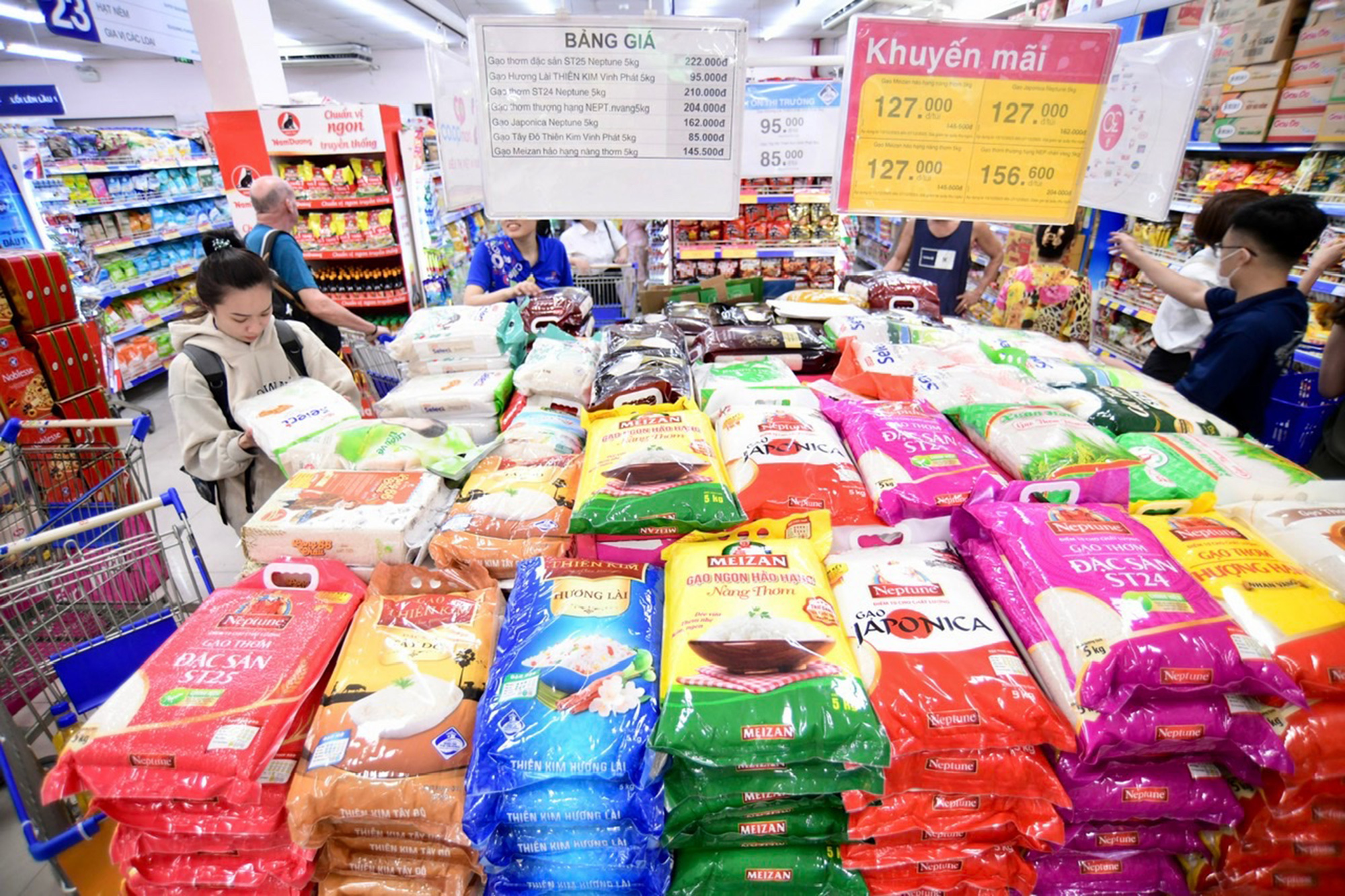
People choose to buy rice at a supermarket in Ho Chi Minh City - Photo: Quang Dinh
That was the opinion of some delegates at the workshop "Building a national brand for Vietnamese rice", organized by Tuoi Tre newspaper in coordination with the Ministry of Agriculture and Rural Development and the People's Committee of Soc Trang province on December 10.
However, according to experts, to successfully build a national rice brand, it is not only about choosing rice varieties but also about having a process throughout the chain from seeds to fields, production and processing...
Should start from ST25
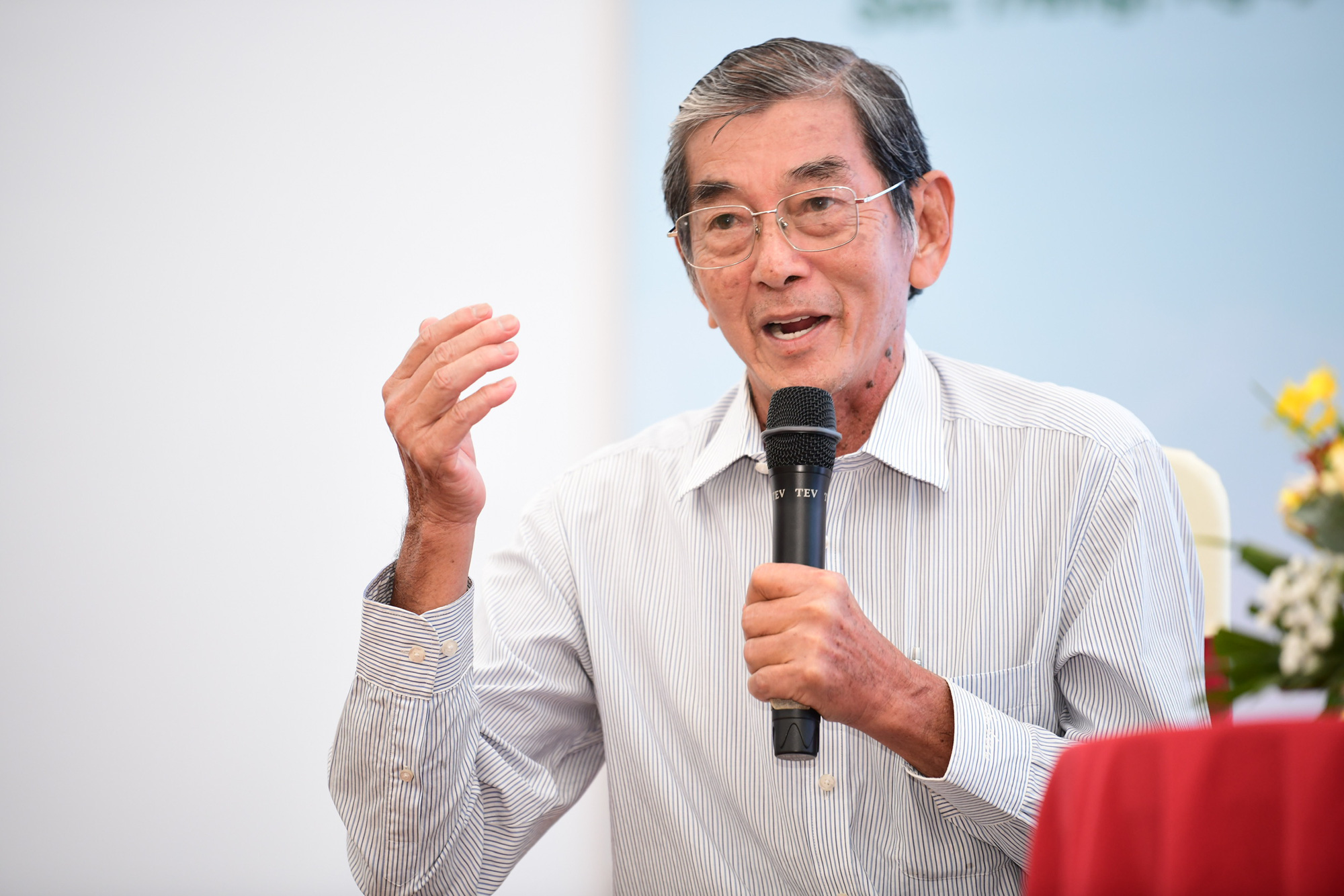
Labor hero, engineer Ho Quang Cua speaks at the conference - Photo: QUANG DINH
Speaking at the conference, Mr. Ho Quang Cua, the "father" of ST25 rice, said that the most successful countries in building brands in the world, India and Thailand, both focus on one variety, in which India has Basmati and Thailand has Hom Mali. After focusing on one variety, these countries always have purity standards. Therefore, Vietnam must also follow the international rules and cannot do otherwise.
According to Mr. Cua, the aroma is the essence of rice and all countries choose the aroma as their brand. The next step is always purity, while the criteria for white rice, moisture... are normal. Due to intensive farming, Vietnam is exposed to too many chemicals, so in building a brand, in addition to the purity standard, it is necessary to limit chemicals so that the rice has a natural flavor. Avoid ripening rice during periods of heavy rain or too much sunlight to preserve the aroma.
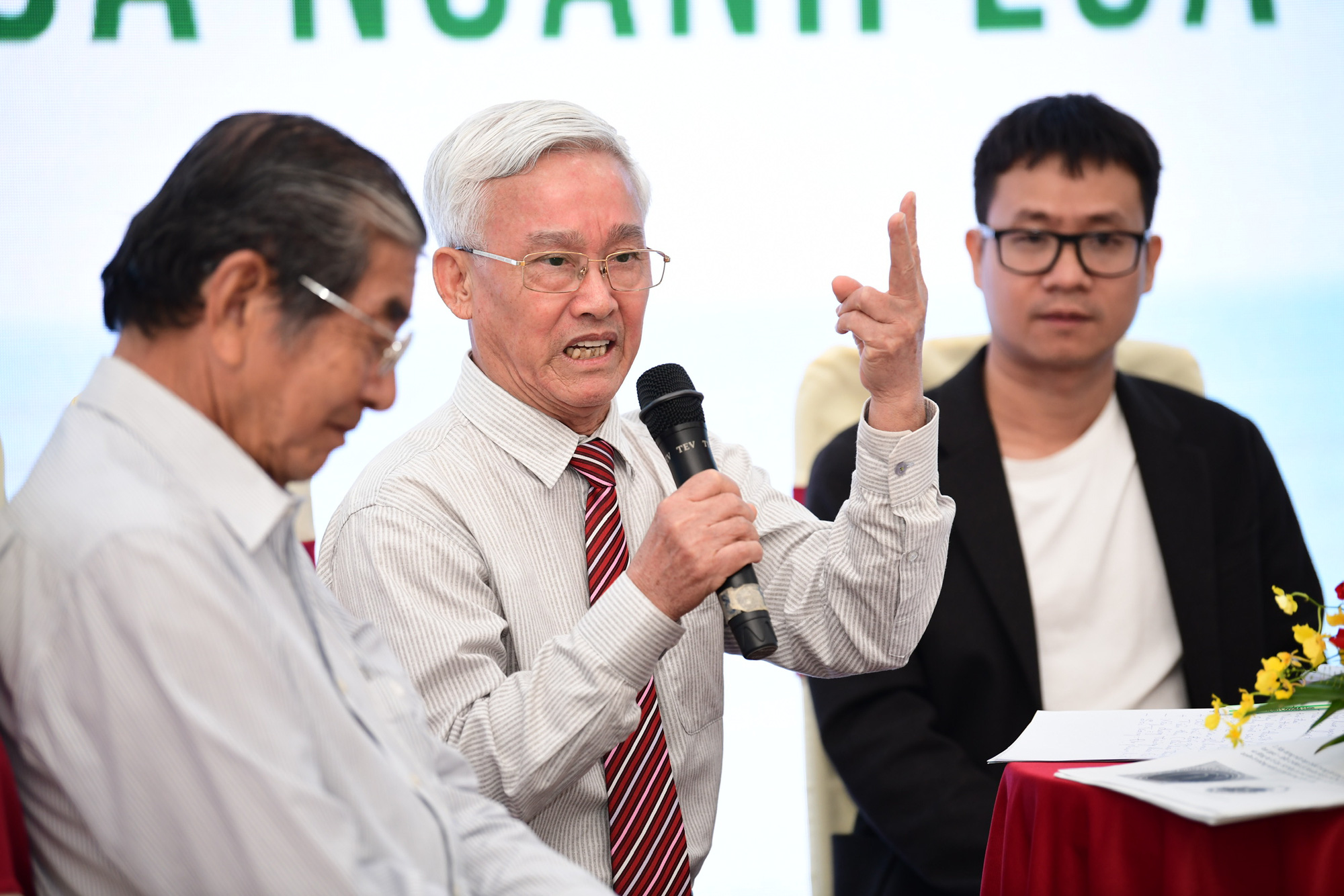
Mr. Pham Thai Binh - Chairman of the Board of Directors of Trung An High-Tech Agriculture Joint Stock Company - Photo: QUANG DINH
Meanwhile, Mr. Pham Thai Binh, Chairman of the Board of Directors of Trung An High-Tech Agriculture Joint Stock Company, said that it is not entirely correct to say that Vietnam has not been successful in building a rice brand.
In fact, the Philippines imports a lot of rice from Vietnam, even when India reopened its rice export market with very cheap rice prices. This shows that this market has confidence in Vietnamese rice. According to Mr. Binh, building a successful rice brand is building consumer confidence.
"We choose which rice variety to have national characteristics. Like India has Basmati, Thailand has Hom Mali, Japan has Japonica, our Vietnam has ST25, why is it famous in the world? Although the export output is not much, it can be used to build the Vietnamese rice brand.
When we have the world's best rice as a national brand, other types of rice will also benefit. Therefore, in my opinion, Vietnam should choose ST25 rice as a typical Vietnamese rice variety," he suggested.
In addition, Mr. Binh also noted that building a brand should be from the field to the table, especially the issue of food hygiene and safety. Therefore, building a rice brand must build the whole chain from the seed to the field, production and processing. "If we build consumer trust, we will be successful in building a brand," said Mr. Binh.
Control from breed, production process...
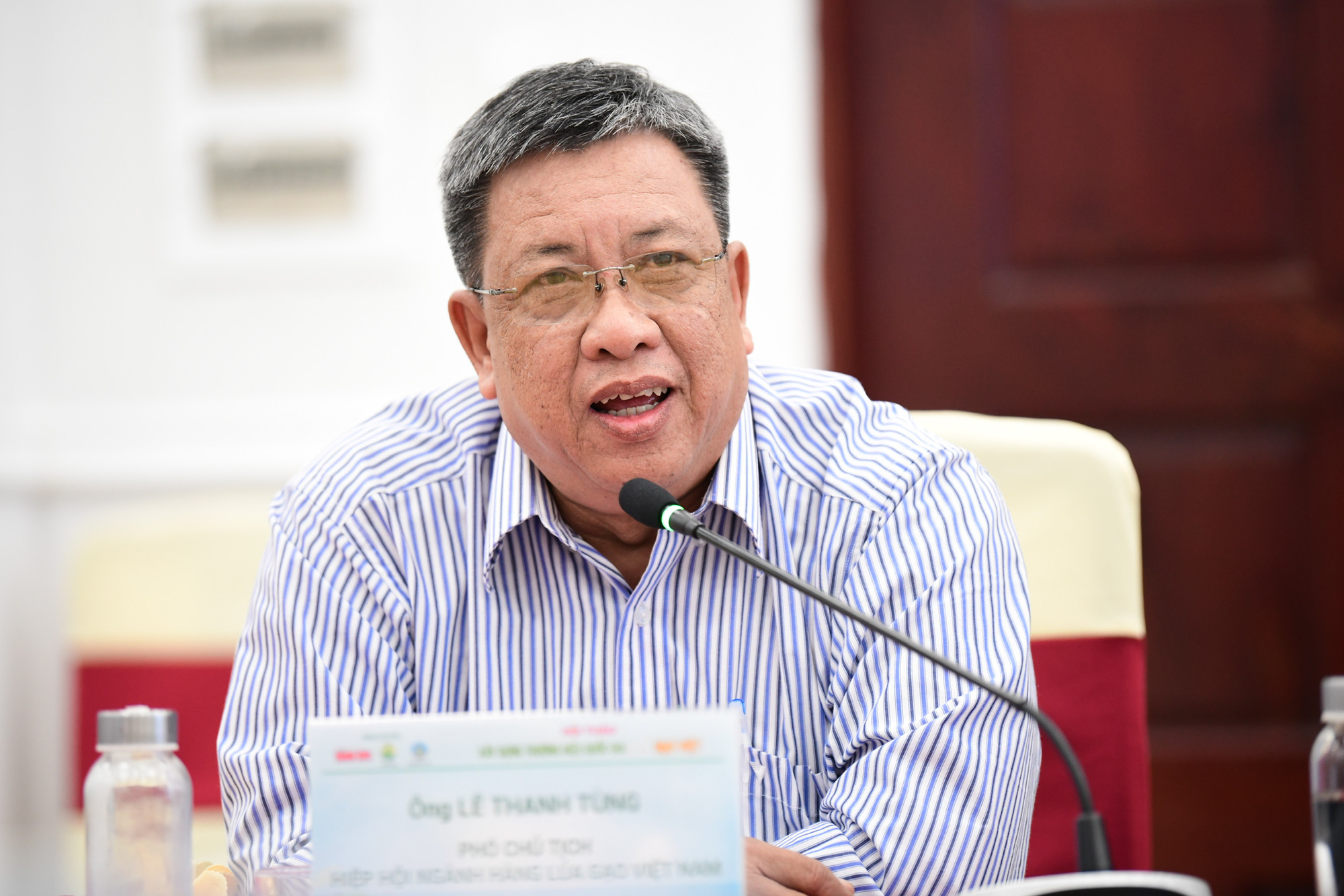
Mr. Le Thanh Tung - Vice President of Vietnam Rice Industry Association - Photo: QUANG DINH
Mr. Le Thanh Tung, former deputy director of the Department of Crop Production (Ministry of Agriculture and Rural Development), said that building a rice brand must come from businesses, not from the country. "Building a rice brand from the country will always fail. Many standards and regulations will narrow the creativity of businesses," Mr. Tung said.
According to Mr. Tung, rice is like other products. People evaluate brands based on safety, consistency, timeliness, reasonable price, market friendliness, market chain approach... No one can do this except businesses and many businesses have done it. These things, when combined, will become a national brand.
According to Mr. Tung, the Ministry of Agriculture and Rural Development is implementing a project of 1 million hectares of high-quality, low-emission rice, which is also a way to build a rice brand in that direction. From the cultivation process, from the varieties, from the awareness of complying with the standards, norms, and technical barriers of countries and businesses that form the brand, the State will "breathe" to stabilize the market more.
"The Ministry of Agriculture and Rural Development has assigned the Vietnam Rice Industry Association to organize the development of labels and signs of green, low-emission Vietnamese rice, which is also a way to contribute to the Vietnamese rice brand," Mr. Tung shared.
Mr. Nguyen Van Bay, Deputy Director of the Department of Intellectual Property (Ministry of Science and Technology), said that Vietnam has many types of rice and expressed concern, "Do we have to choose something special to build a brand?"
According to Mr. Bay, when the State builds a brand and certifies the use of that brand to promote and increase the value of Vietnamese products, anyone who uses that brand will benefit and when they benefit, they will have to pay a fee. The owner will coordinate with the competent authority to handle those who are not qualified to use this brand.
"For example, in the North, there are Cao Phong oranges from Hoa Binh province, but the price is very high. Once people protect them, each stamp costs five to three dong, 10 dong, which is very normal," Mr. Bay said, adding that it is necessary to maintain and preserve the breed because the breed has a national brand but there is no policy to maintain the breed, and it is not acceptable to let the breed degenerate.
Products must be traceable
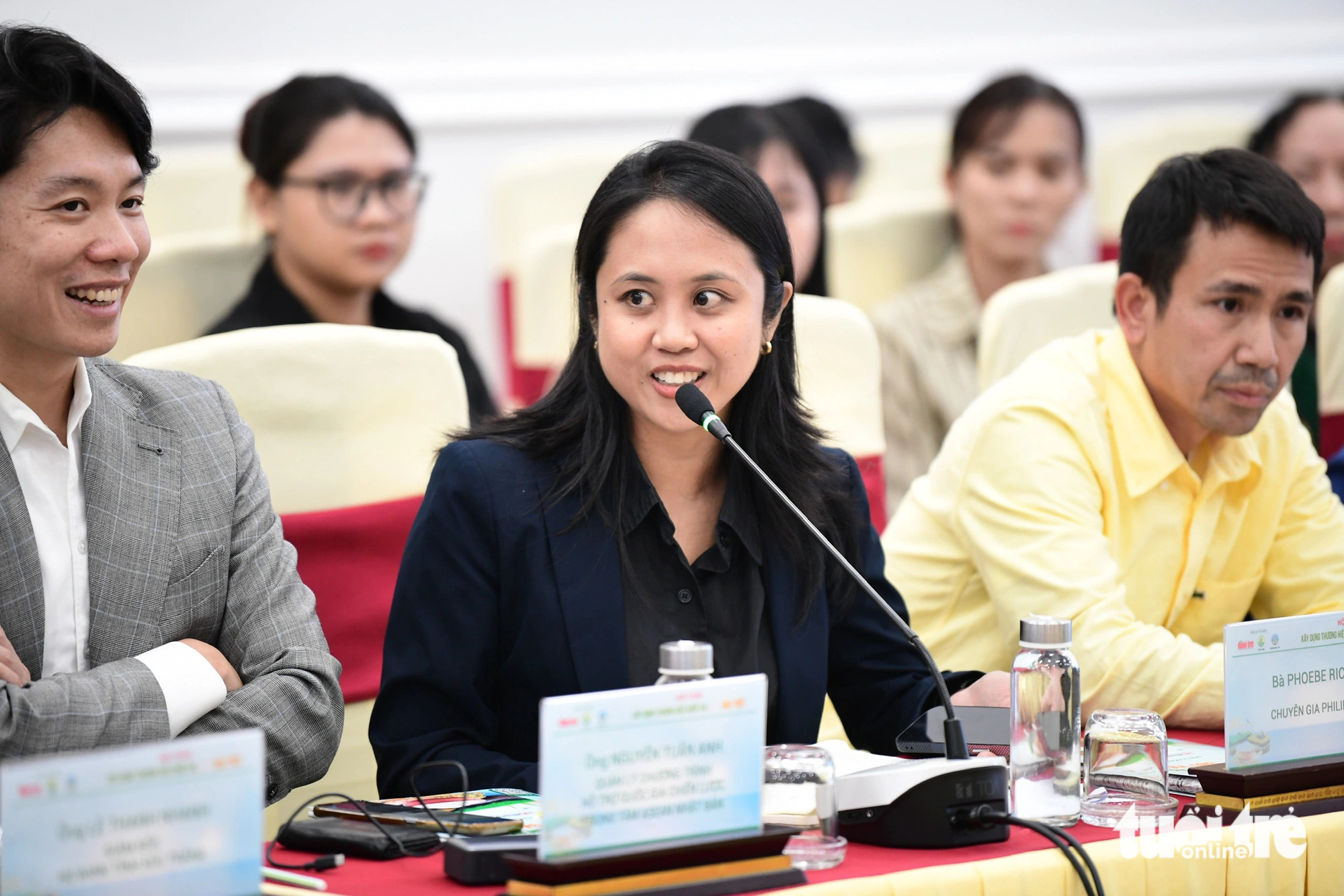
Ms. Phoebe Ricarte - Philippines expert - Photo: QUANG DINH
Ms. Phoebe Ricarte, a Philippine expert, said that when interviewing consumers in many markets, most respondents said they were willing to pay higher than the average price if they could trace the origin, especially through the QR code on the packaging.
"It is necessary to understand market demand to have a strategic orientation in building your brand. Consumers are willing to pay more for sustainable and healthy products such as organic and environmentally friendly products. This is an issue that needs to be noted in brand building," Ms. Phoebe Ricarte suggested.
Mr. Le Thanh Hoa (Deputy Director of the Department of Quality, Processing and Market Development, Ministry of Agriculture and Rural Development):
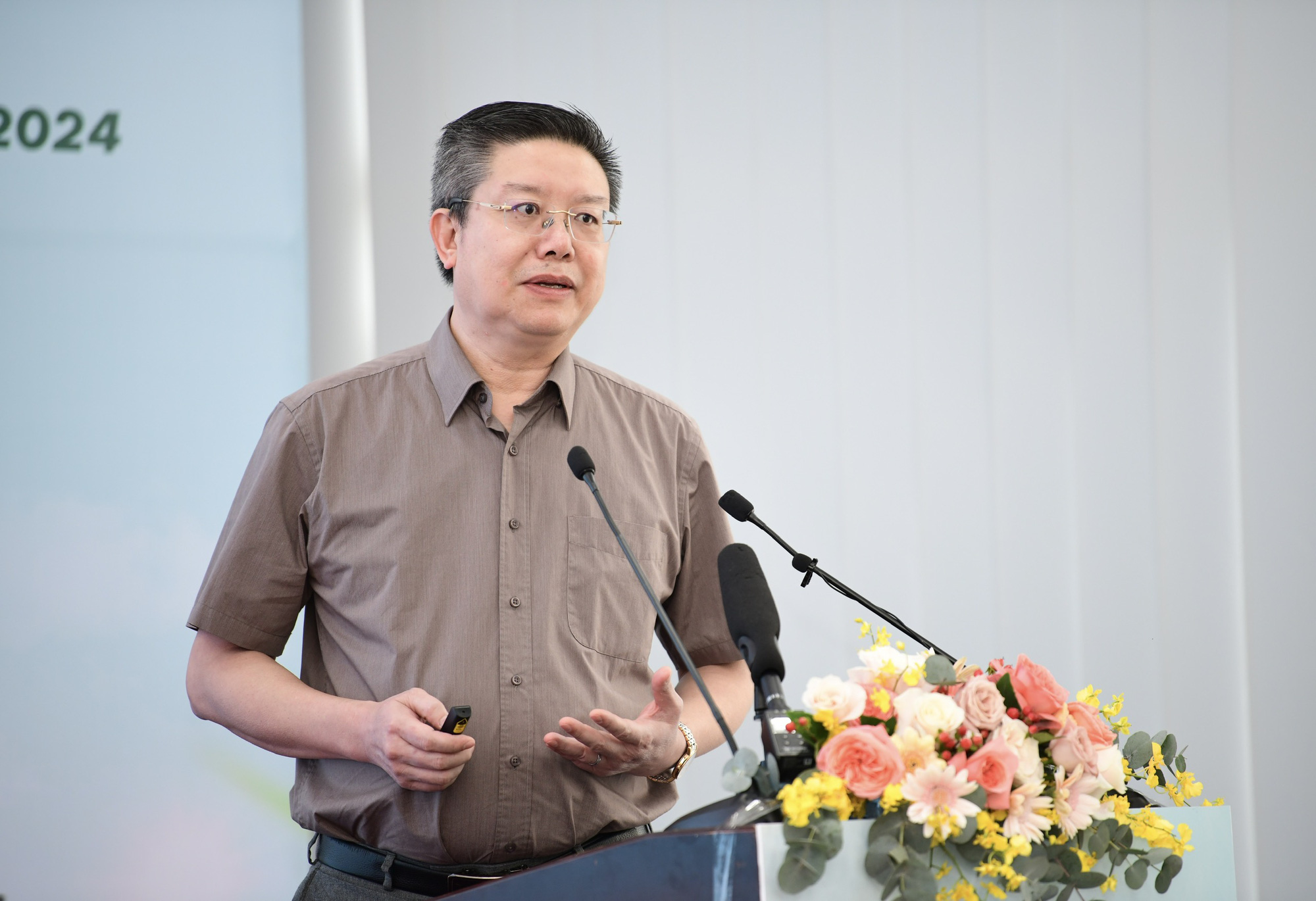
Mr. Le Thanh Hoa - Deputy Director of the Department of Quality, Processing and Market Development - presented a paper on the situation of building and developing the Vietnamese rice brand - Photo: QUANG DINH
There will be support for rice branding.
Through the workshop, we initially envisioned the difficulties and challenges in the process of building a national brand for Vietnamese rice. The Ministry of Agriculture and Rural Development has built a number of agricultural product brands and assigned industry associations to put the brands into use.
Regarding rice branding, the Ministry will continue to research and put the brand into use in the coming time. The Ministry also recommends that the Government develop a decree with specific regulations on the content of supporting brand building as well as calling for the autonomy of enterprises in brand building in the coming time.
Mr. Vuong Quoc Nam (Vice Chairman of Soc Trang Provincial People's Committee):
Delicious and environmentally friendly rice
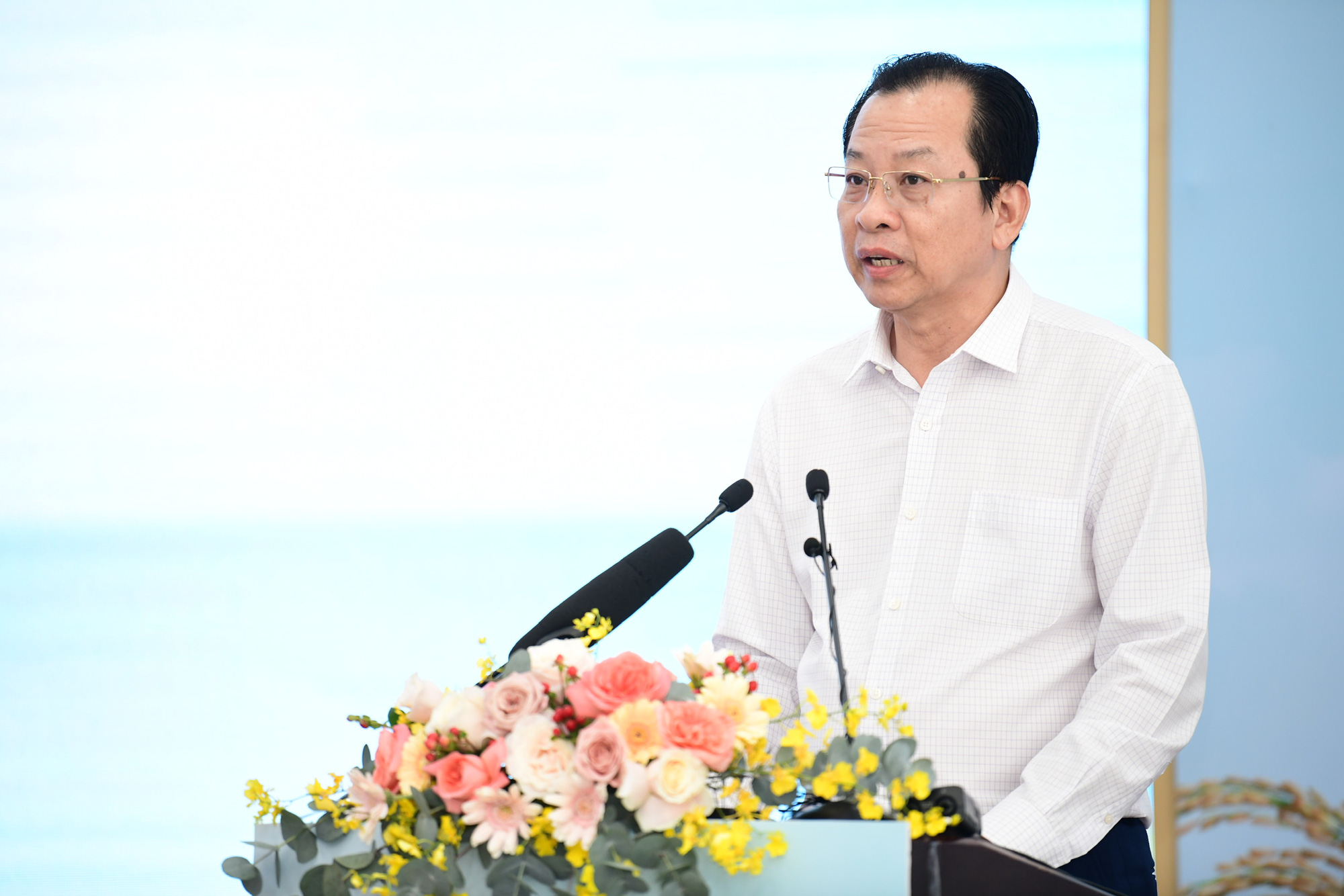
Mr. Vuong Quoc Nam - Vice Chairman of Soc Trang Provincial People's Committee - Photo: QUANG DINH
Competitive pressure in the international market is increasing for the rice industry and Vietnamese rice exporting enterprises. Many countries in the region with advantages in rice are also gradually reopening after a period of export restrictions.
Consumer tastes in some traditional markets have also changed significantly, not only interested in delicious, nutritious, and healthy rice products, but also demanding the production of environmentally friendly rice grains. This shows that our rice industry is facing opportunities but also many great challenges.
Mr. Koji Takeuchi (CEO of Yamabun Farm Co., Ltd. from Japan):
Compliance with manufacturing standards
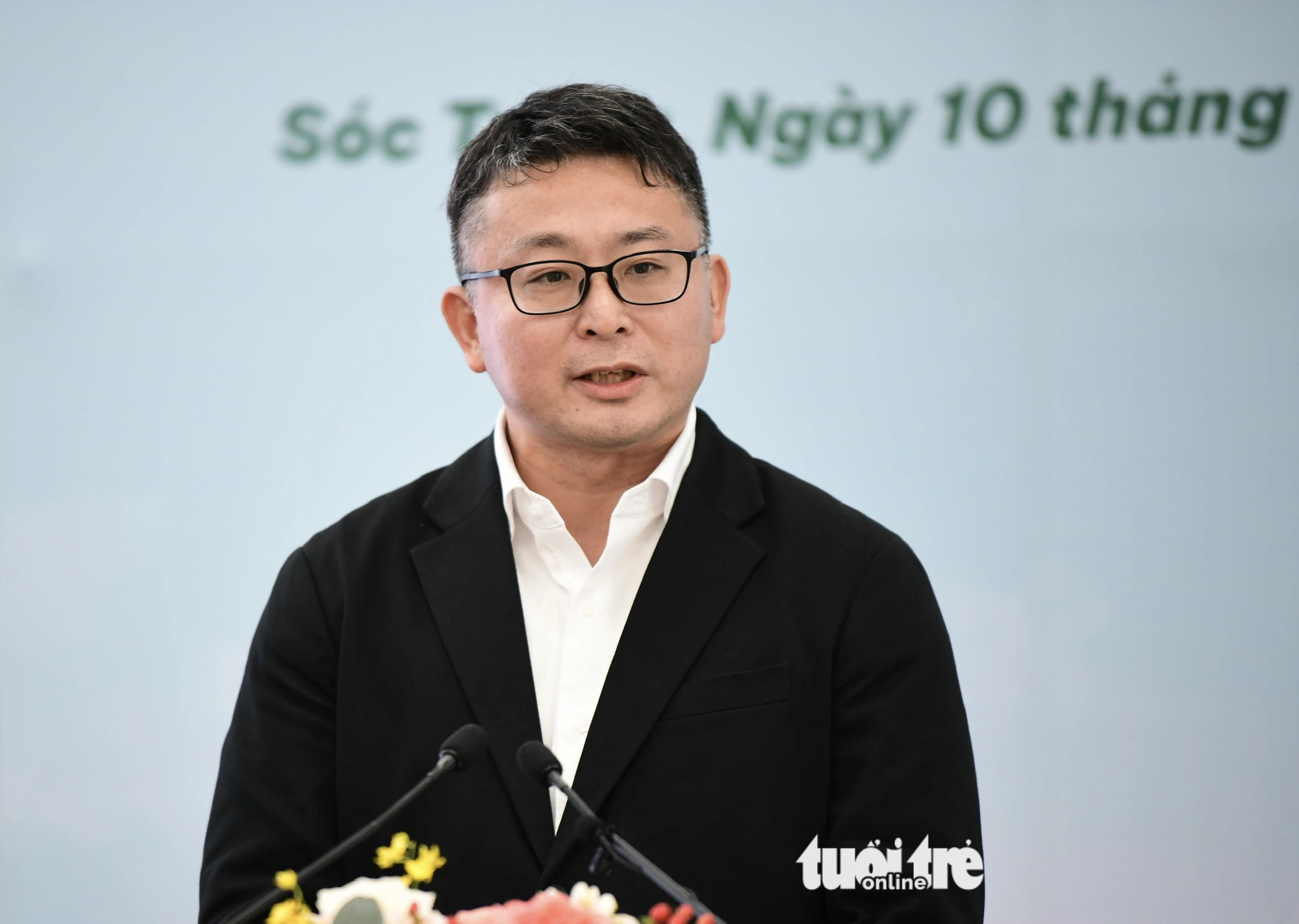
Mr. Koji Takeuchi - CEO of Yamabun farm (Japan) - Photo: QUANG DINH
In the process of building and commercializing the Tsuyahime specialty rice brand, we have always solved many questions such as rice variety selection, flavor, customer taste, price and packaging design... Tsuyahime means a shiny princess.
It also describes the delicious shine of the rice grains when cooked. That's why I chose my hometown's Tsuyahime as the brand for my specialty rice. Yamagata Prefecture has four standards for producing Tsuyahime rice, including acreage, cultivation standards, certified producers, and quality assurance before being marketed...
In Japan, the production of delicious rice is a major prerequisite. The government and construction companies must comply with production standards, as well as technical guidelines to maintain and enhance the reputation of rice. Products are widely introduced to become the leading brand in the price segment, taking measures to counter counterfeits and recording customer feedback.
Mr. Vu Ngoc Dinh (General Director of Techpal Group):
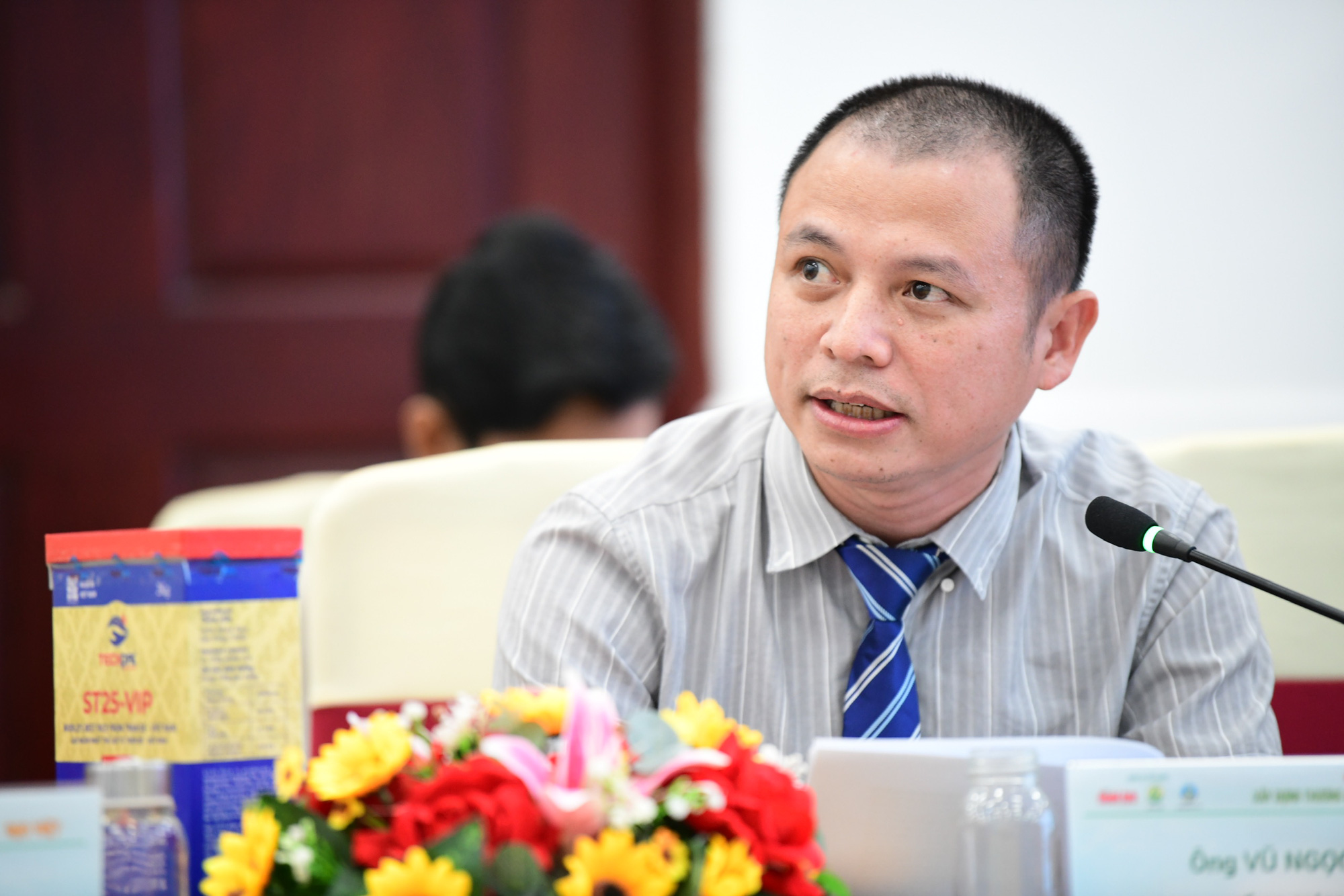
Mr. Vu Ngoc Dinh - General Director of Techpal Group - Photo: QUANG DINH
Quality comes first
To build a national brand for Vietnamese rice, in my opinion, we must first change our mindset, focus on quality and value, not on output. We also need to completely change the criteria for evaluating the quality of rice production in particular and agriculture in general. To build a national rice brand, the whole country must prioritize quality and value.
In addition, to build a national rice brand, propaganda work is indispensable. Ministries and sectors select typical rice products to organize introductions in international exhibitions and events both domestically and internationally. In particular, the Government, ministries and sectors, and provinces select typical Vietnamese rice products to use in domestic and international banquet events, thereby letting the world know and appreciate the products.
The last point is to have a policy to encourage enterprises to export good quality finished rice to the world with the origin of production from Vietnam - MADE IN VIET NAM. For example, on our products, there is a very large MADE IN VIET NAM line on the top of the product, although we do not know whether it is beneficial or not for the product.
Source: https://tuoitre.vn/phai-nang-tam-thuong-hieu-gao-viet-20241211083608299.htm


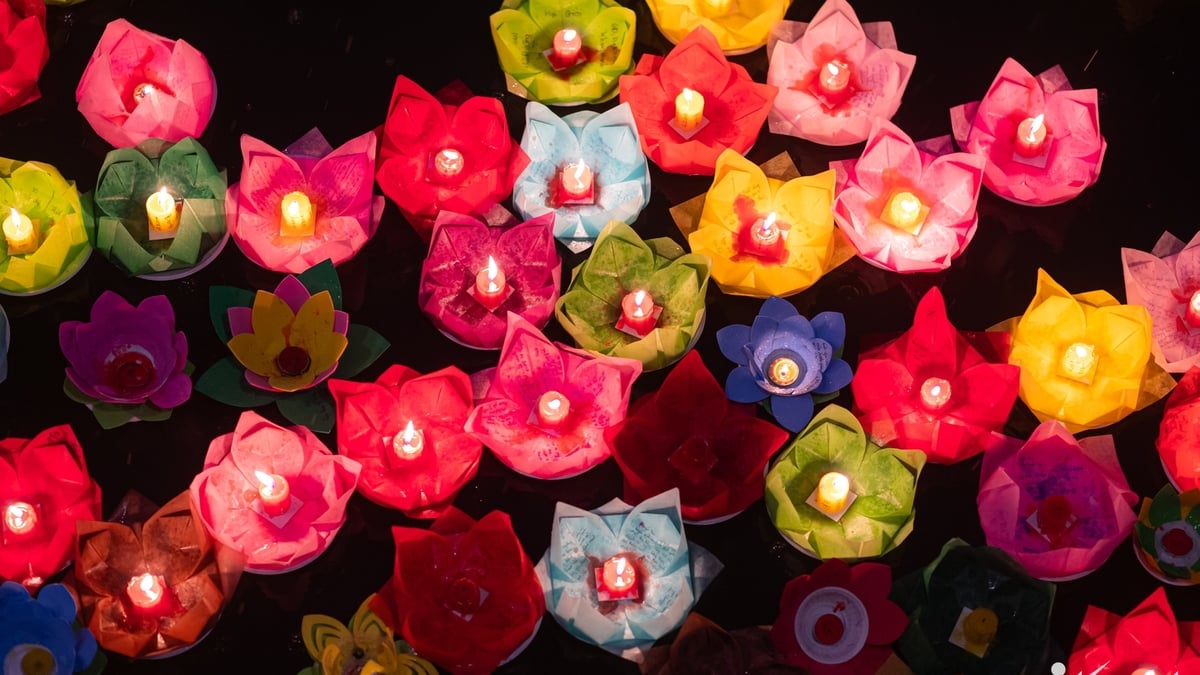


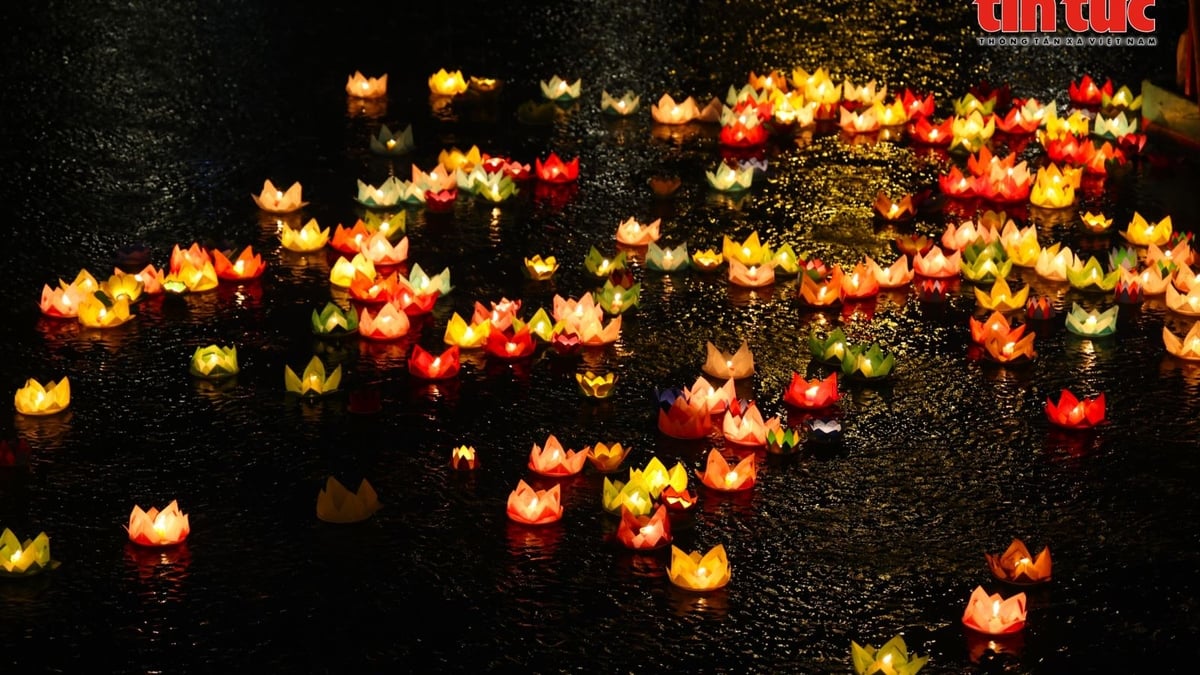

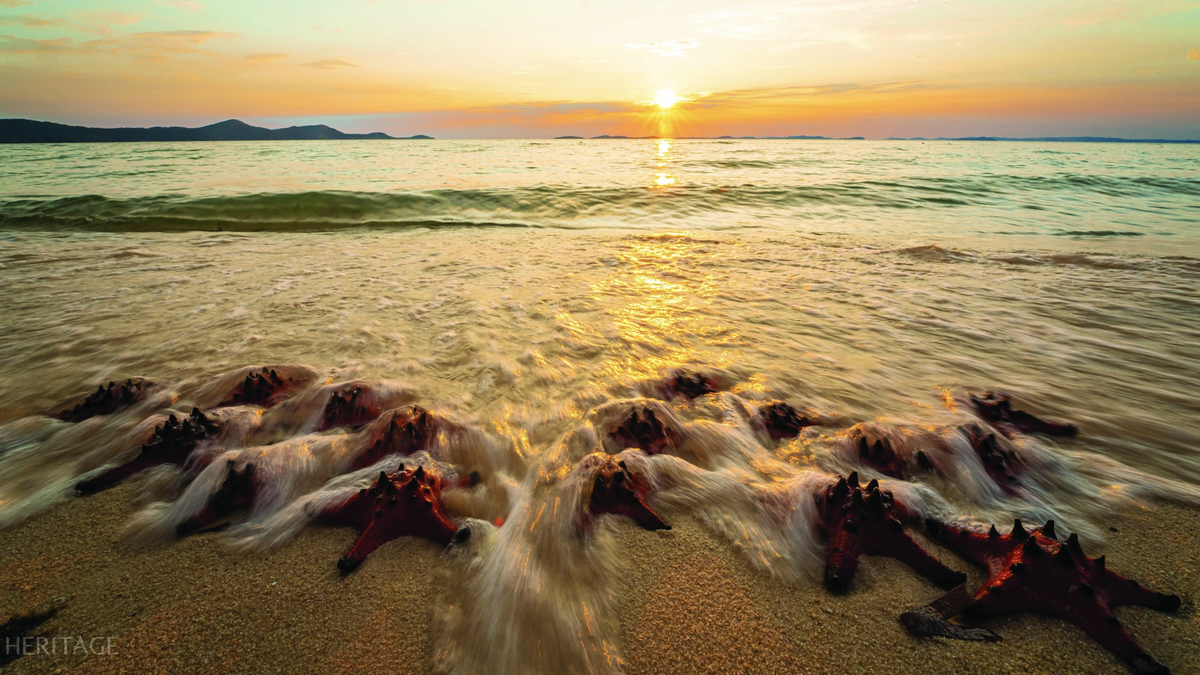
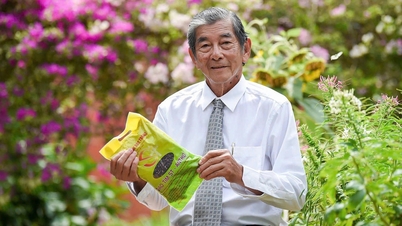


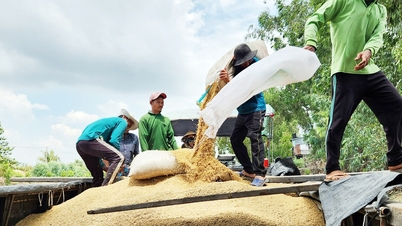

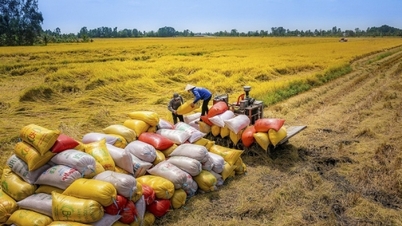
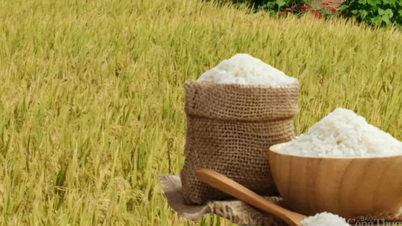




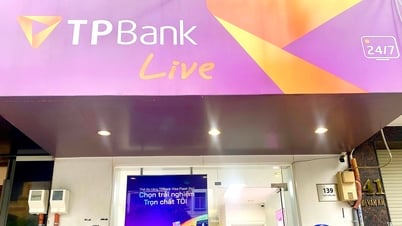

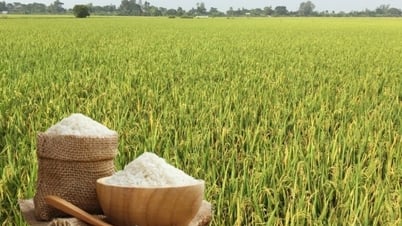





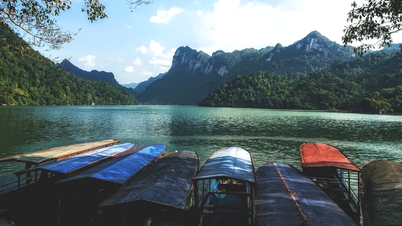

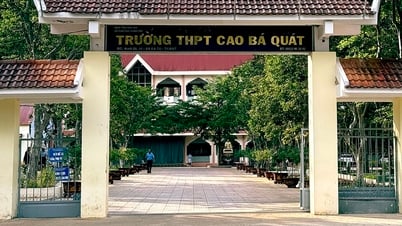
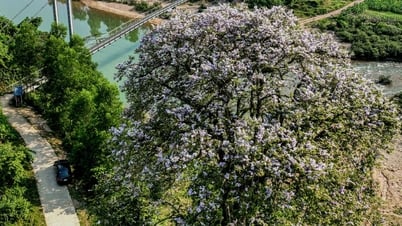

![[Photo] General Secretary To Lam meets with Chairman of the Federation Council, Parliament of the Russian Federation](https://vphoto.vietnam.vn/thumb/1200x675/vietnam/resource/IMAGE/2025/5/10/2c37f1980bdc48c4a04ca24b5f544b33)
![[Photo] Ho Chi Minh City: Many people release flower lanterns to celebrate Buddha's Birthday](https://vphoto.vietnam.vn/thumb/1200x675/vietnam/resource/IMAGE/2025/5/10/5d57dc648c0f46ffa3b22a3e6e3eac3e)
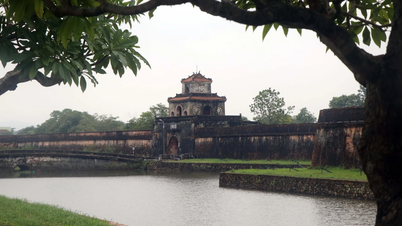

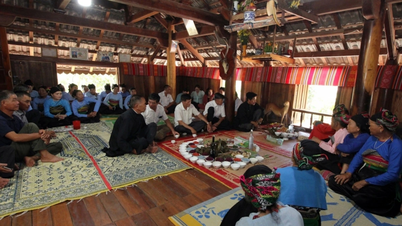

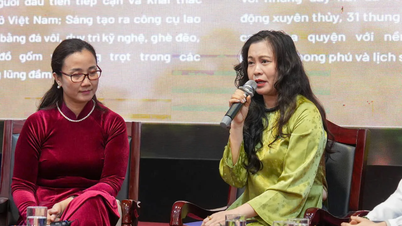

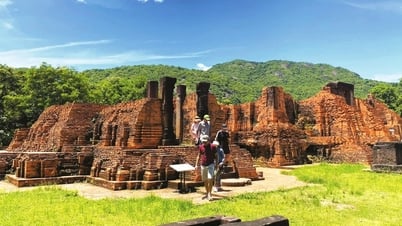

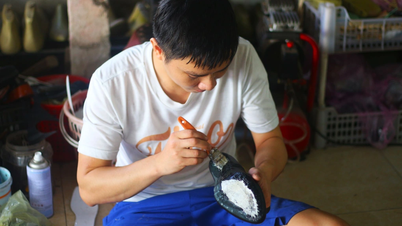

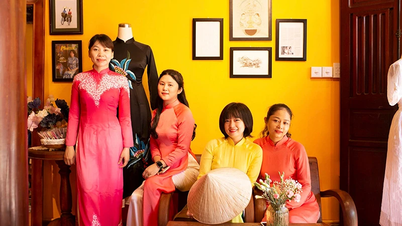

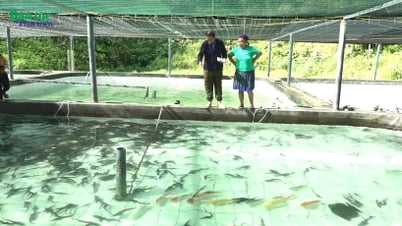

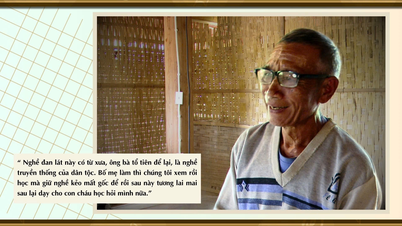

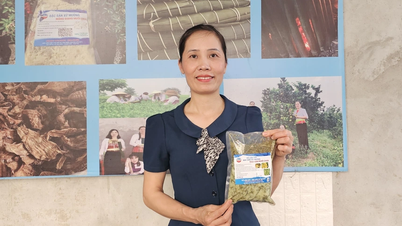






















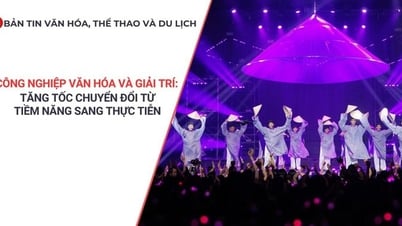

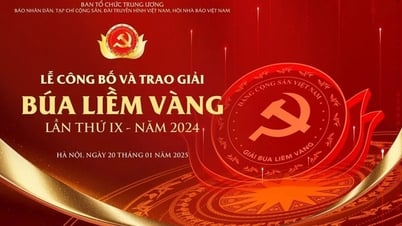
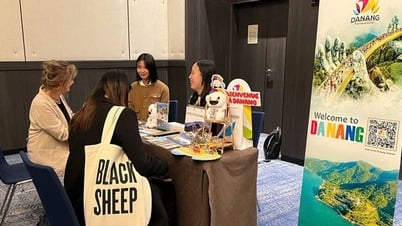
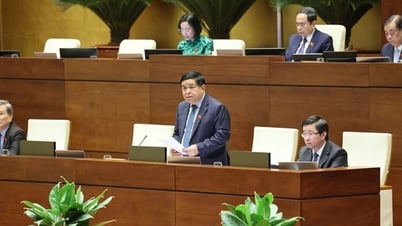

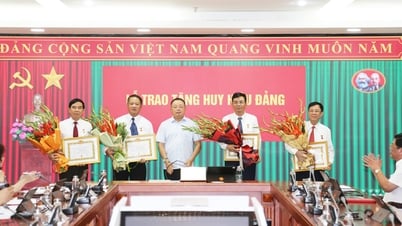
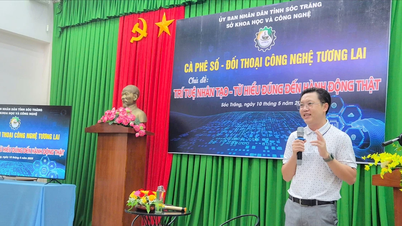

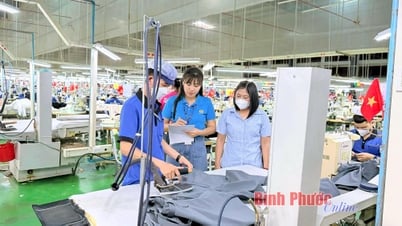

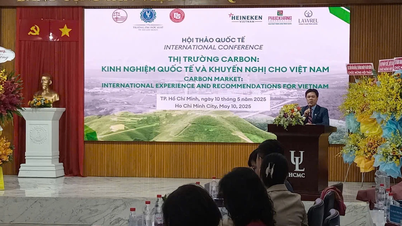
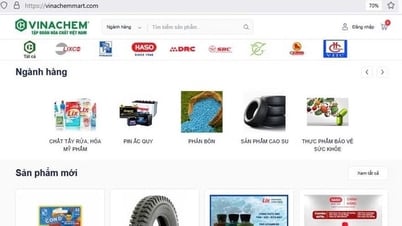

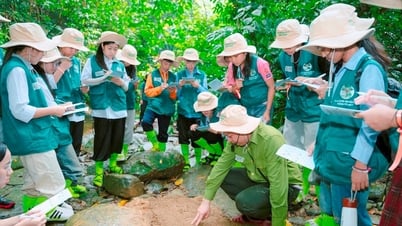

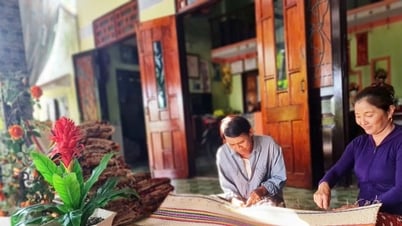

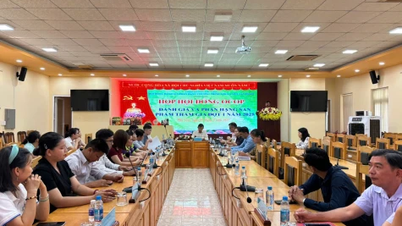

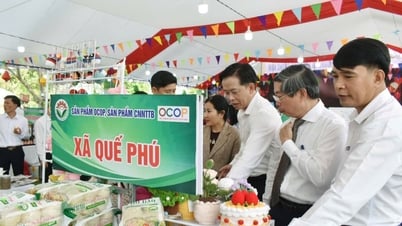
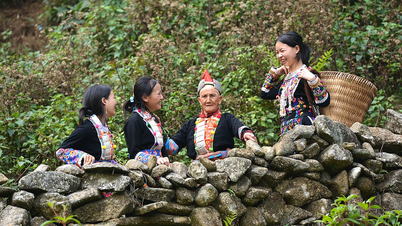






Comment (0)